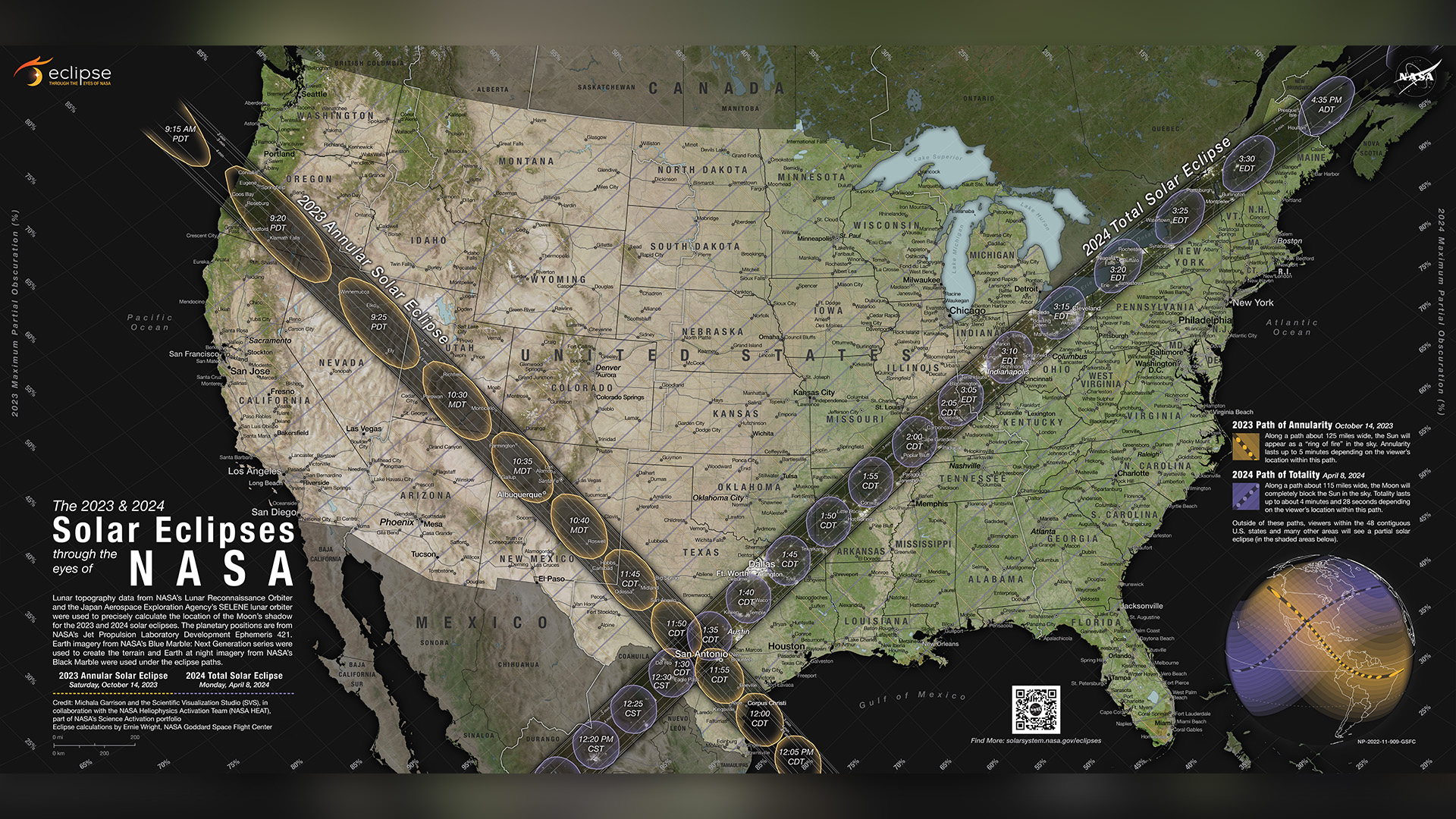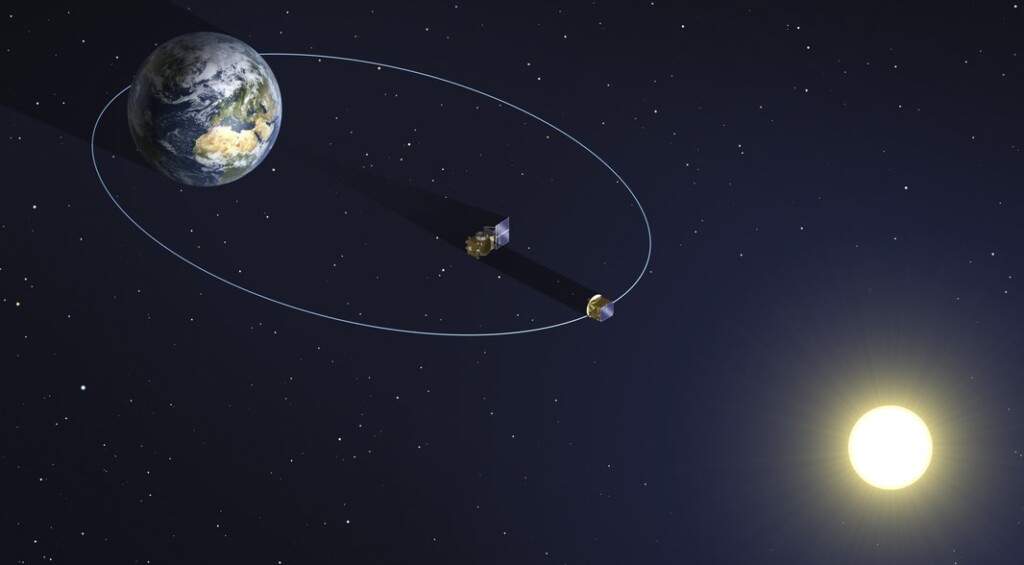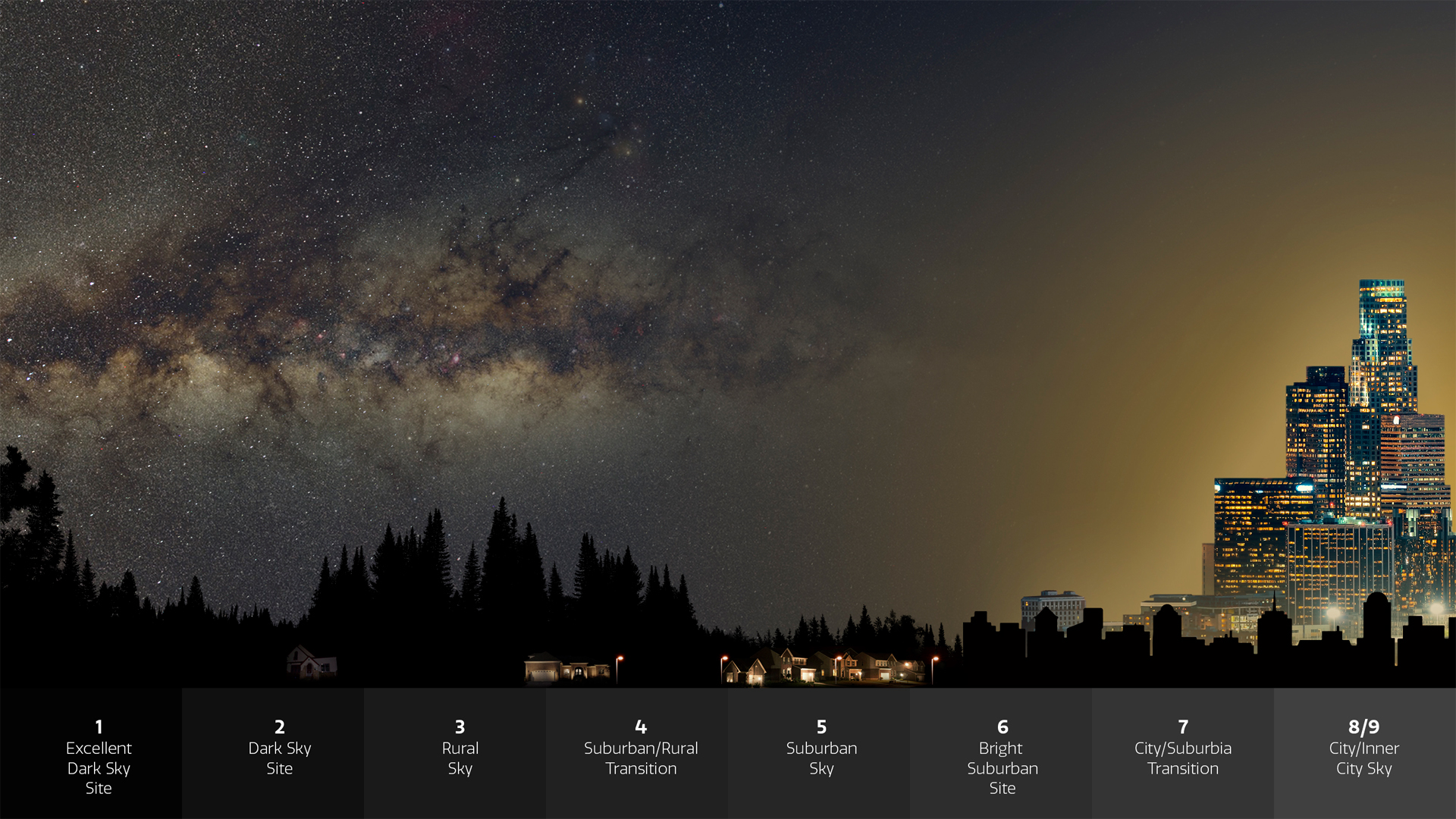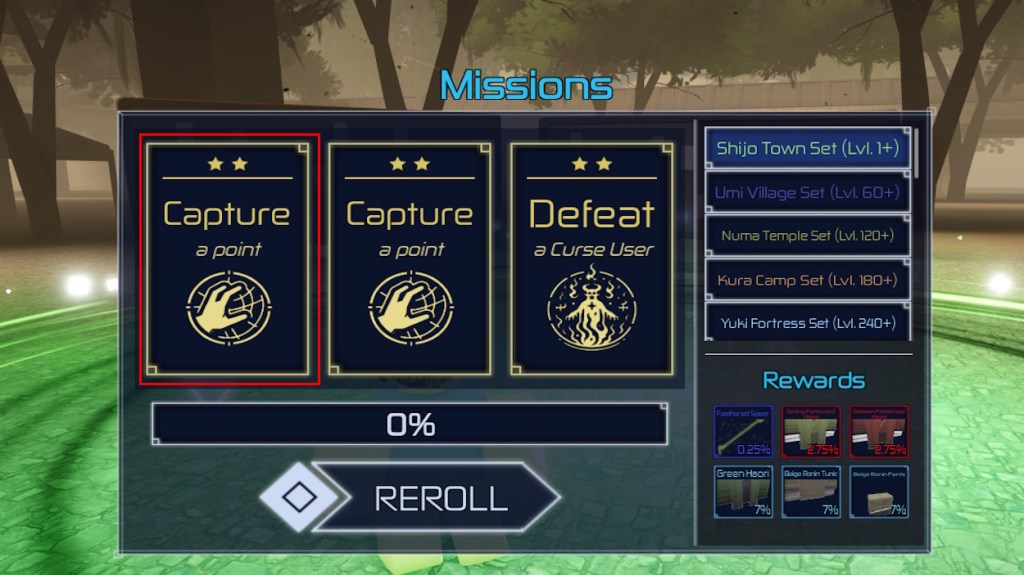There will be a total solar eclipse on April 8 that will be visible from parts of North America. This will be the first time since 2017 and the last time until 2033. To experience totality, which includes darkness in the daytime and the opportunity to observe the sun’s fiery outer atmosphere, or corona, with the naked eye, you must be within the 115-mile-wide (185 kilometers), 10,000-mile-long (16,000 km) path of totality. You might be wondering what the path of totality is, how it works, and where the best place is to view it. The path of totality, simply put, is the moon’s moving shadow. On April 8, the path of totality will cross parts of Mexico, the U.S. and Canada. This includes various states and provinces in each country. According to solar eclipse tracker Dan McGlaun, creator of Eclipse2024.org, “if you’re in that shadow at a certain time, you’ll see totality.” McGlaun has also created an interactive map and eclipse simulator to show what thousands of communities in North America can expect to see during the upcoming eclipse. Map of solar eclipses over North America in 2023-2024. The April 8, 2024 path of totality runs diagonally from the southwest to the northeast. (Image credit: NASA’s Scientific Visualization Studio)The best spot on the path can be found based on the specific location within the path of totality. “The closer you are to the center, the more duration you get because the shadow is round,” McGlaun said. The maximum duration of totality on April 8 is 4 minutes, 28 seconds, which will occur in Nazas, Mexico. The best place to be is anywhere in the path where there’s clear weather. “Get anywhere in the path on eclipse day,” McGlaun said.
Map of solar eclipses over North America in 2023-2024. The April 8, 2024 path of totality runs diagonally from the southwest to the northeast. (Image credit: NASA’s Scientific Visualization Studio)The best spot on the path can be found based on the specific location within the path of totality. “The closer you are to the center, the more duration you get because the shadow is round,” McGlaun said. The maximum duration of totality on April 8 is 4 minutes, 28 seconds, which will occur in Nazas, Mexico. The best place to be is anywhere in the path where there’s clear weather. “Get anywhere in the path on eclipse day,” McGlaun said.












